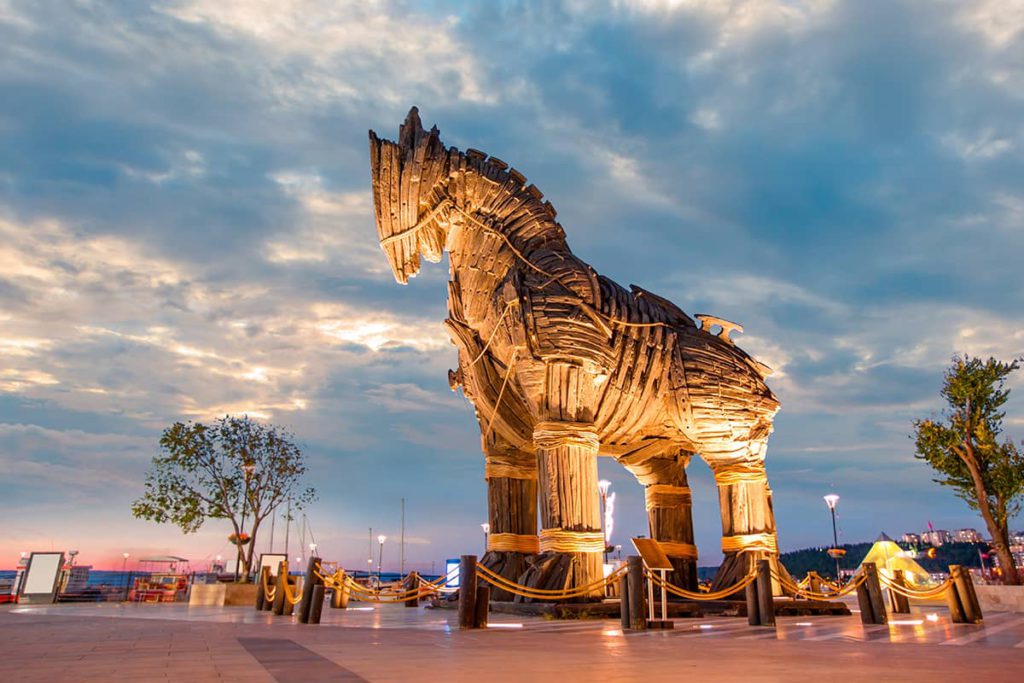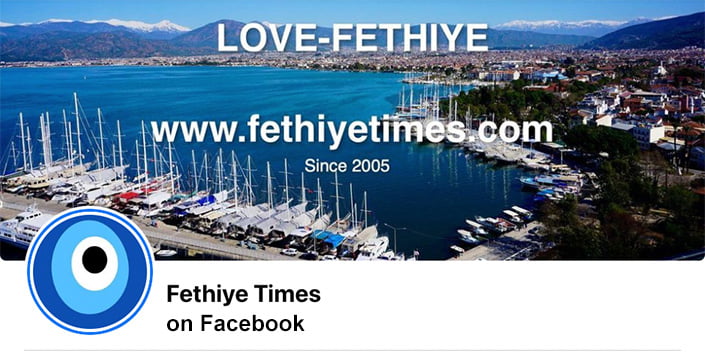Few archaeological sites in Türkiye have been as extensively excavated as Troy, known as Truva or Troya in Turkish. This legendary city has revealed nine distinct layers of settlement, each offering a window into a history that stretches from around 4000 BC to AD 300. Immortalised in Homer’s Iliad, Troy was the setting of the epic Trojan War, fought in the 13th century BC.
Located at Hisarlık, meaning “castle kingdom” in Turkish, Troy is a remarkable site with impressive fortifications and ruins. Among its highlights are a well-preserved defensive wall, two ancient sanctuaries likely dating to the 8th century BC, various residential structures from different periods, and a Roman theatre. Near the southern gate stands the Pillar House, thought by some archaeologists to be the palace of King Priam, the ruler of Troy during its fabled conflict.
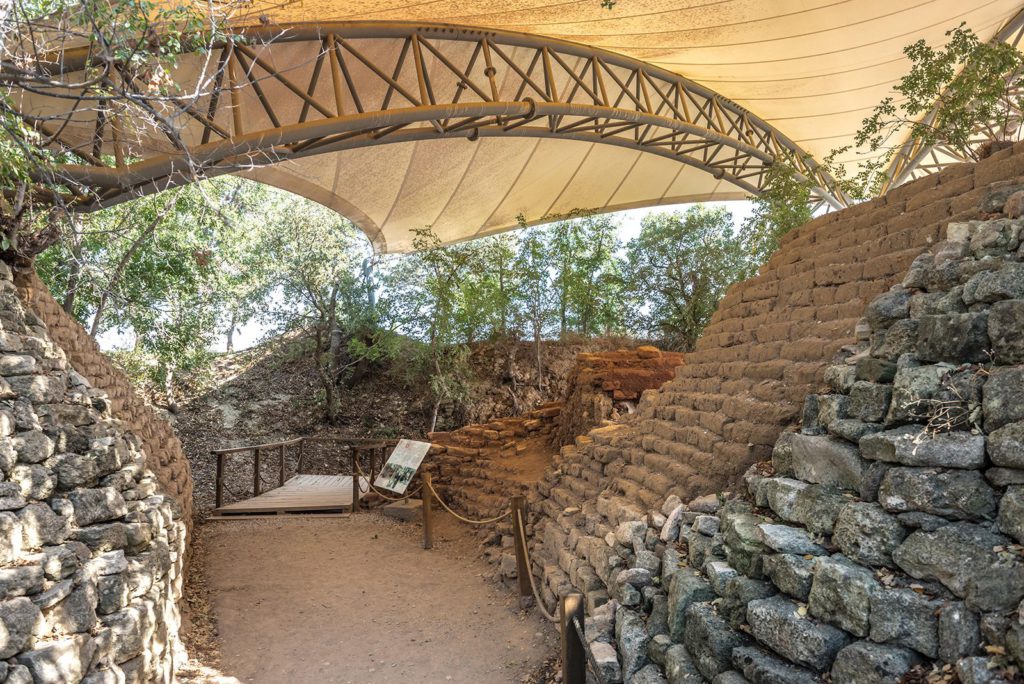
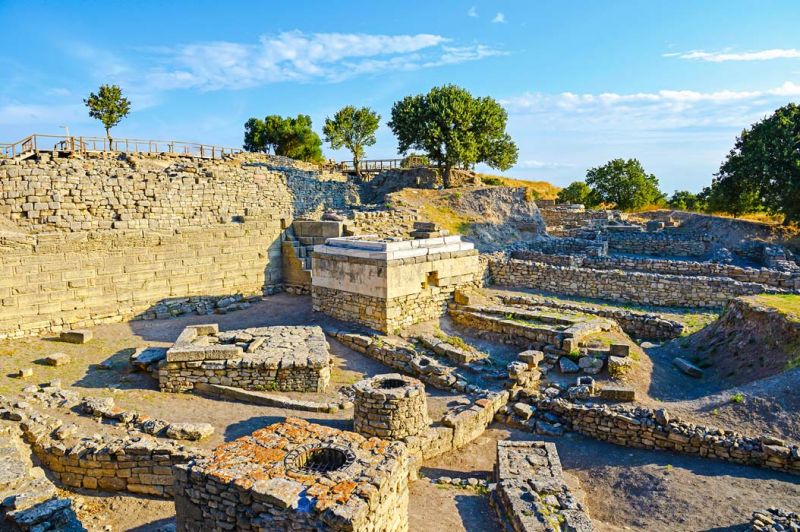
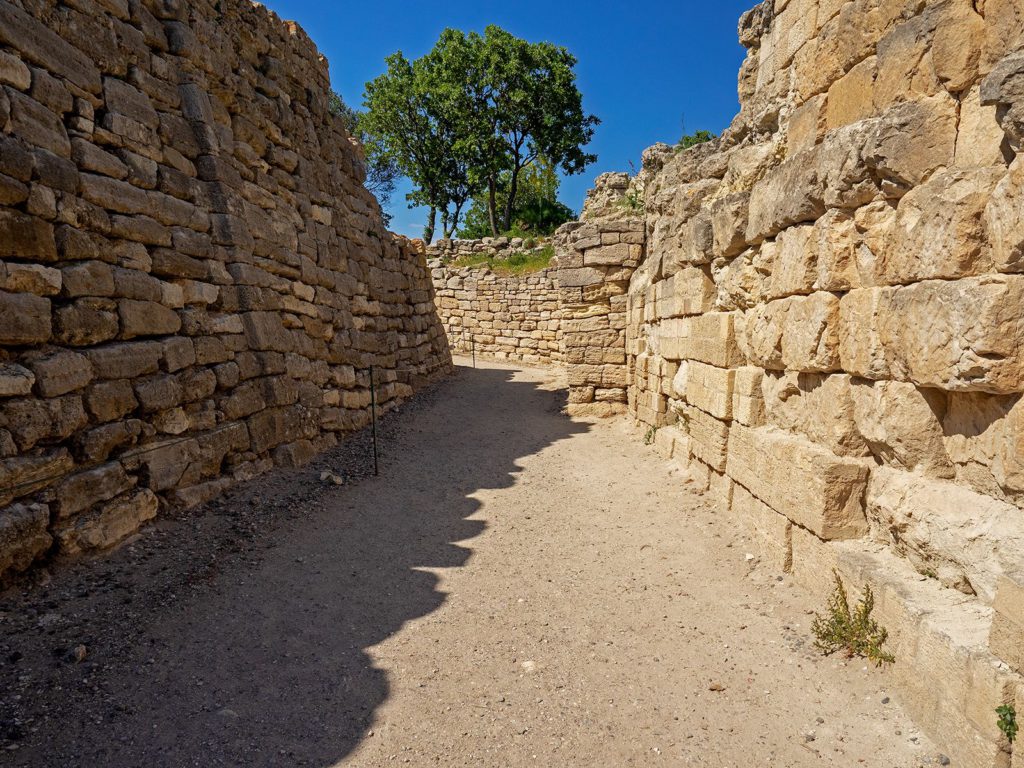
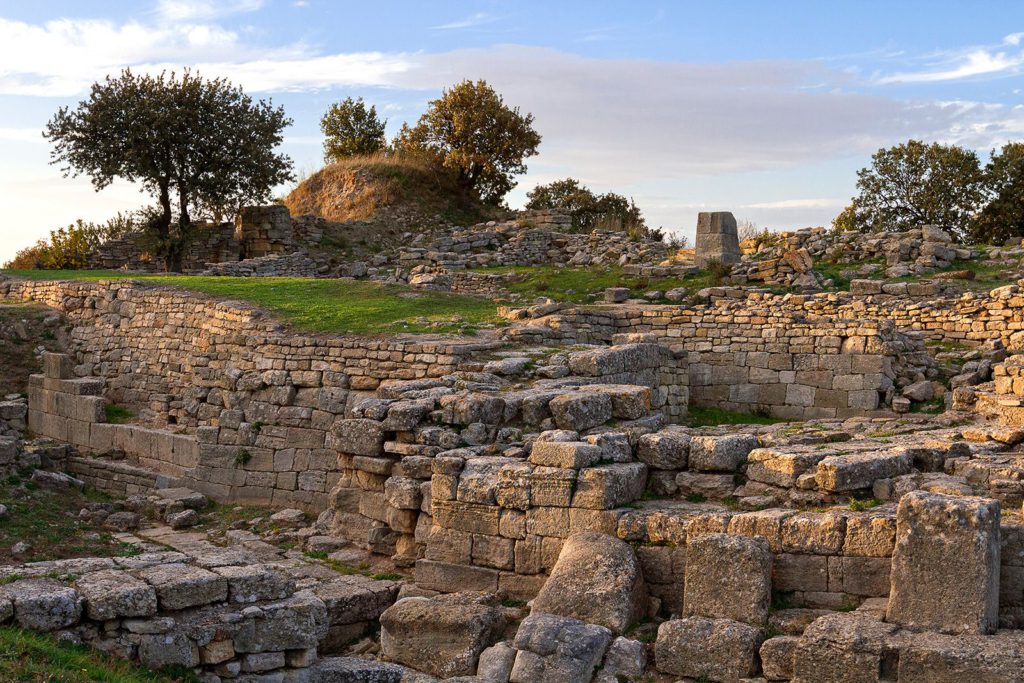
The site is well marked with 12 information points, and excavations continue to uncover new insights into Troy’s past. One of its most striking features is the large wooden Trojan Horse, a modern reconstruction of the Greek deception that led to the city’s downfall.
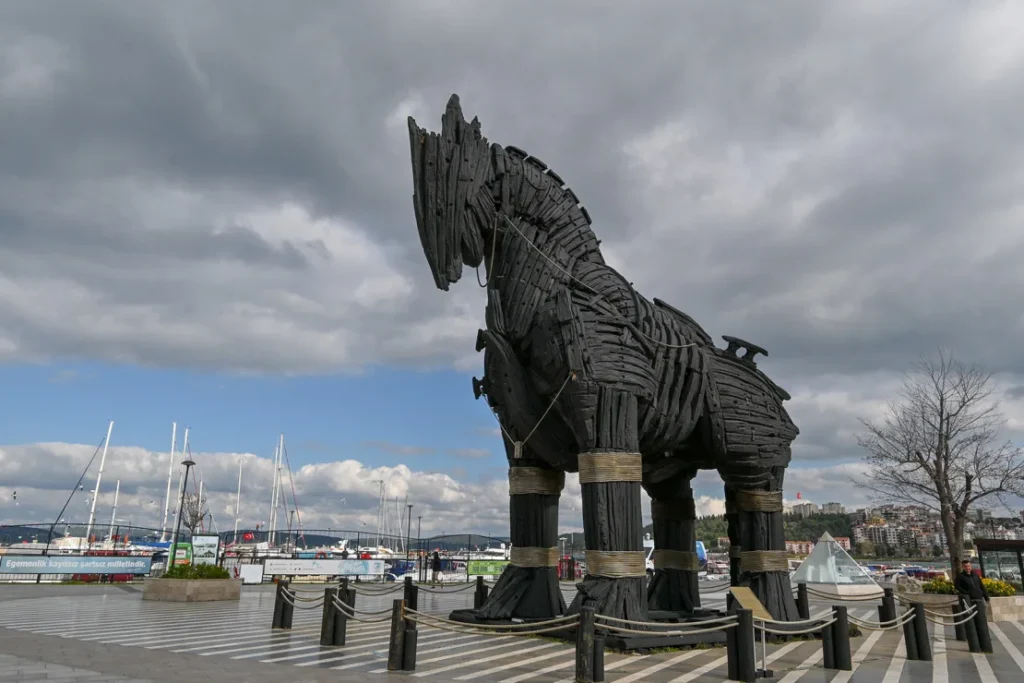
Today, this enduring symbol of trickery is also a beacon of peace—each August, Turkish schoolchildren release white doves from the horse in a symbolic act of unity and hope.
Çanakkale: The Living Legacy of Troy
Troy’s influence extends beyond the archaeological site and deeply shapes the identity of nearby Çanakkale, a lively city sitting on the shores of the Dardanelles Strait. Statues, benches, signs, and decorative elements inspired by the Trojan legacy are scattered throughout town, reflecting its close ties to the ancient city.
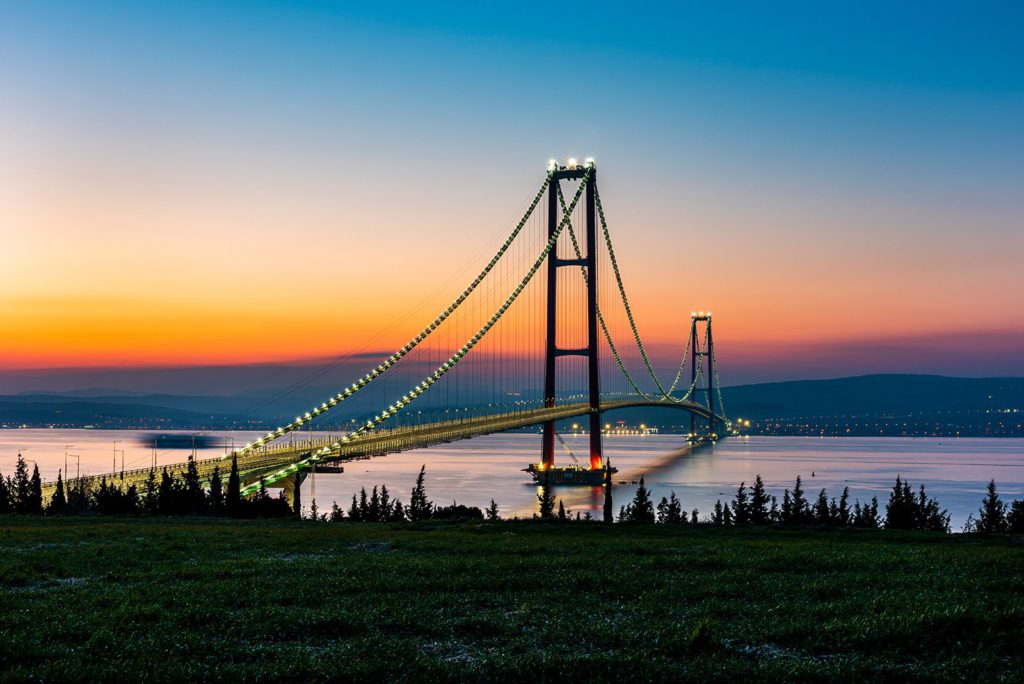
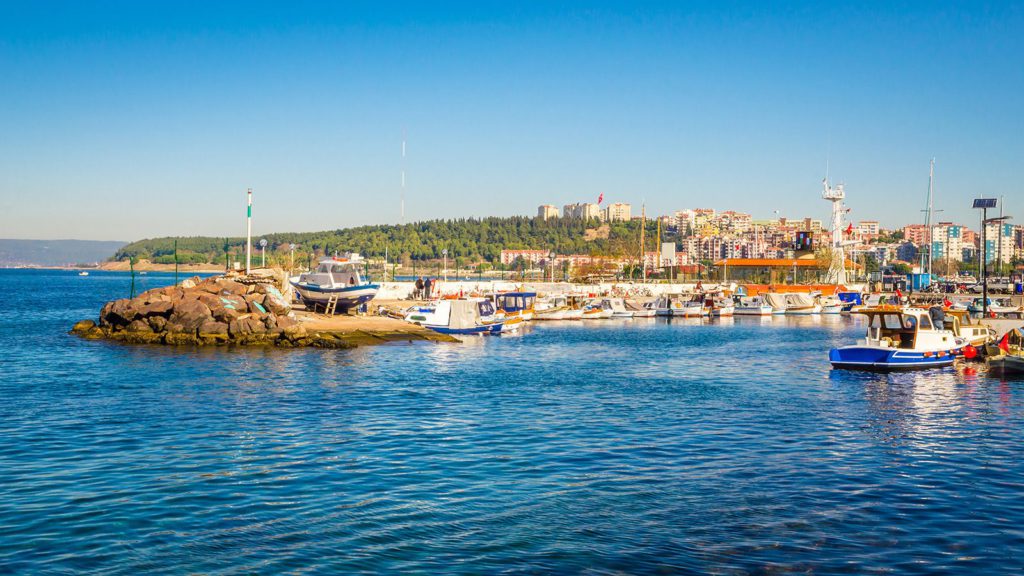
But Çanakkale is also shaped by more recent history. Just across the strait lies the Gallipoli Peninsula, the site of one of World War I’s most harrowing battles. The Gallipoli campaign, fought between the Ottoman forces and Allied troops in 1915, was a defining moment in both Turkish and global military history. Today, Çanakkale pays tribute to both its ancient and modern past, making it a unique destination where mythology and history intertwine.
Beyond its historical significance, Çanakkale is a charming and vibrant place. Ferries bustle across the strait, linking Asia and Europe. The old quarter’s cobbled streets are lined with inviting shops, restaurants, and cafés, while bars and kebab spots cater to the city’s large student population.
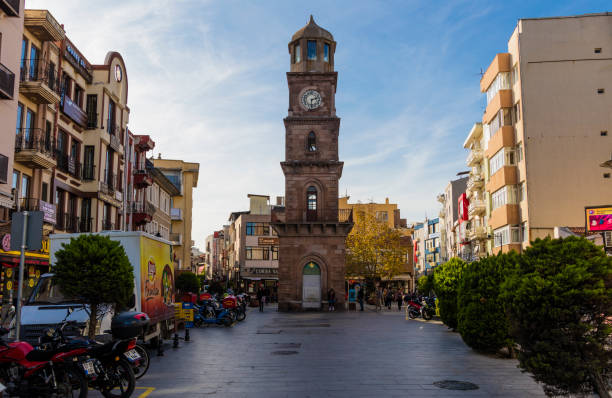
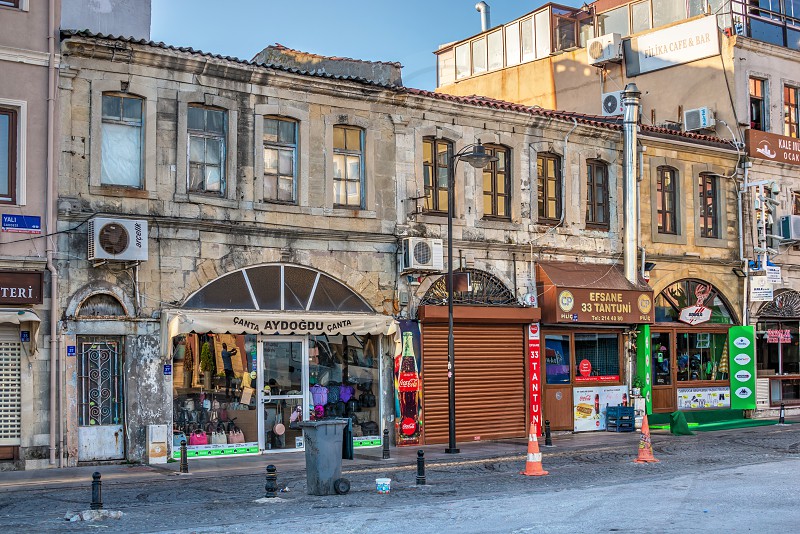
On warm summer nights, the marina boardwalk comes alive with street vendors selling their wares beneath the watchful presence of the great wooden Trojan Horse, an enduring reminder of the region’s fascinating past.
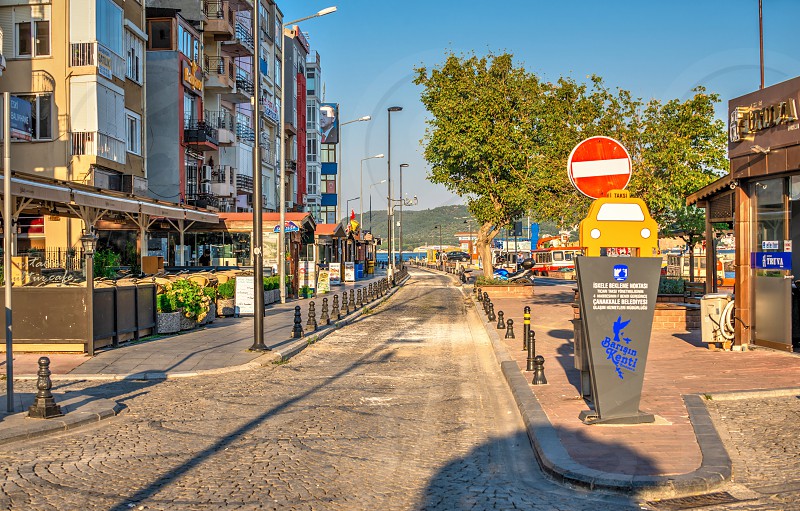
Whether drawn by ancient legend, wartime history, or simply the city’s welcoming atmosphere, visitors to Çanakkale and Troy will find a destination where the echoes of the past still resonate in the present.

